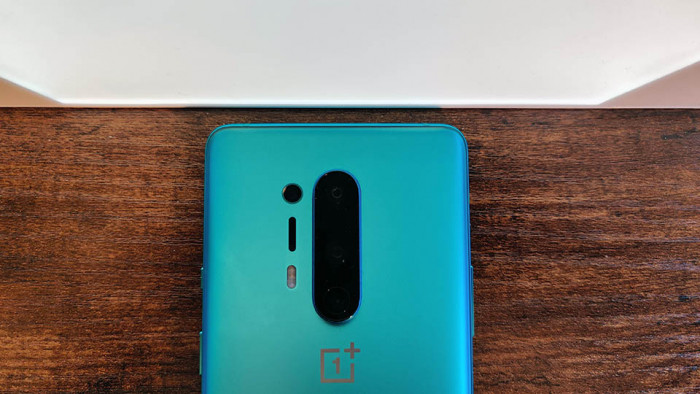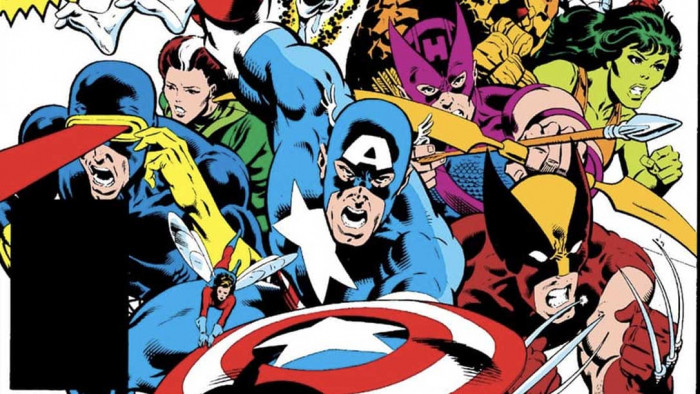It used to be vandalism. But now it’s the subject of BBC Four documentaries hosted by professors. ShortList’s Jonathan Pile charts the evolution of graffiti
Modern street art was conceived in 1949. Although no one involved knew it at the time. In Sycamore, Illinois, paint company owner Edward Seymour was in need of a method of demonstrating his aluminium radiator coating. Acting on his wife’s advice, he put it in an aerosol can. He’d invented spray paint.
It would take nearly two decades for it to catch on, but eventually, on the streets of Philadelphia in 1967, an artist called Cornbread started using spray paint to tag his neighbourhood. His real name was Darryl McCray, but it was a nickname that stuck during his time in reform school thanks to his habit of demanding the chefs baked cornbread instead of white bread.
“The name had a ring to it, so I started writing it on walls,” revealed Cornbread in 2007. “People started talking about my name all over the jail. So I figured, if they talk about my name all over the jail, they’d talk about my name all over the street. And that’s exactly what happened. The more they talked, the more I wrote.”
His name was everywhere and his fame was growing. And when, in 1971, newspapers reported he’d been killed in gang violence, he seriously upped the ante to prove he was still alive – breaking into Philadelphia Zoo to spray “Cornbread Lives” on one of its elephants. He even managed to beat the security at the airport to emblazon the same slogan on the side of the Jackson Five’s plane. Then he was arrested. Which seems fair enough.
From those beginnings and that community in north Philadelphia, it then spread to New York and, eventually, the entire world.

Modern myths
At least, that’s the popular story.
“It’s what the New York graffiti artists of the late Sixties and Seventies say. But it’s myth making,” says Professor Richard Clay, senior lecturer in history of art at the University Of Birmingham and an expert on graffiti throughout history. He has a point. The events happened, but writing slogans or tags pre-dates modern history – it’s in French caves, it’s preserved on the walls of Pompeii (“Restituta, take off your tunic and show us your hairy privates”) and it’s found in the Syrian desert. And to say graffiti created with a spray can originated in Philadelphia is another spurious claim – the famous ‘Clapton Is God’ slogan was written in 1967, in London, using spray paint.
“But it is something New York picks up and develops very rapidly,” Clay continues. “New York is a melting pot of different communities and interpretations of what can be done with graffiti and it results in an incredibly vibrant subculture. There’s the emergence of taggers, which is about fame. You’ll often notice little crowns above tags – that’s about saying, ‘I’m the king, I’m the most visible.’”
This desire for fame is what drove the next development – spraying the subways. It makes sense – if an artist is trying to be seen all over town, but doesn’t have a car because they come from a poor neighbourhood, moving from station to station tagging will enable them to get their name noticed. But it’s what that led to that was really the breakthrough moment: they started spraying the subway carriages themselves. This does two things – firstly it means that everyone who sees the train as it moves through the city will see the work. But it’s also a large area to cover, so the artists start doing more complex designs using multiple colours. In the mid-Seventies Lee Quiñones and his crew the Fabulous Five were the first to paint an entire train that then ran with the work still intact. It was known as going “all city”.

Art or vandalism?
There’s a distinction to be made, of course, and that’s the difference between quickly sprayed tags and considered and sophisticated designs. However, taggers tend to be tolerated in the street art community because there’s an understanding that it’s the entry point, and many will develop their skills.
But where Professor Clay believes it moves onto another level can be demonstrated by something ‘Father of stencil graffiti’ Blek le Rat (real name Xavier Prou) told him: “If I paint a sheep next to a cinema, it means one thing. But if I paint a sheep on a bank, it means something completely different.” In other words, there’s a consideration and sensitivity to what they paint and where they paint it.
So what is the motivation for the work of Lee Quiñones and his contemporaries in New York? Fame, we’ve already covered, but Clay thinks there’s more to it. New York was in a terrible state at the time – there was little investment in the inner city areas and murder rates were soaring. It was about reclaiming their community: “They were heartbroken as they watched it collapse, so they were trying to bring colour and a different vibe to the area. They chose sites that would be seen, and if they were painting on walls, they chose places that were high and hard to reach. Partly to show how brave they were, but also because it’s very difficult to clean off.
“There are images all over the city, but they’re put up by the authorities or advertising companies. There’s something implicitly political about saying, ‘I’m a citizen, I want to mark public space, too.’ It’s a challenge to authority. Every blank wall signals someone controls that space.”
It couldn’t last though. In the Eighties and through into the Nineties authorities fought back – the belief being that graffiti suggested lawlessness. Cleaning up and reinvesting in the city began there. The subway carriages are now graffiti-proof, the sprayed versions a snapshot of a moment in history, preserved in photographs as Pompeii’s graffiti was preserved under the ash of Vesuvius.
But perhaps that’s fine – New York subway train art evokes that time and place in much the same way as listening to Laura Branigan’s Self Control or hearing clips of Robert De Niro as Travis Bickle. Street art has evolved since then, and so has many authorities’ reactions to it.
The belief now, in many areas, is that the right graffiti (that would be ‘considered’ and ‘sophisticated’) in the right areas is a sign of cultural vibrancy. You see it in Brooklyn, but also in the UK – in Shoreditch, Brixton or Manchester’s Northern Quarter. And it all started because of a paint manufacturer from a small town in northern Illinois. He’d probably be outraged.
Professor Richard Clay presents A Brief History Of Graffiti, 26 August, 9pm, BBC Four

(Subway Train image: Subway Art, by Martha Cooper and Henry Chalfant, published by Thames & Hudson on 21st September at £14.95)
(Quinones Image: Getty)
Latest
Related Reviews and Shortlists










